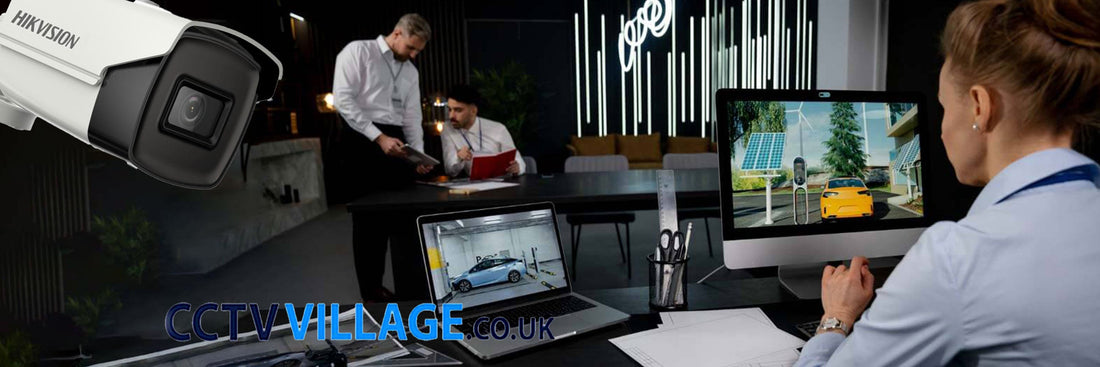In an era where security concerns are paramount, Closed-Circuit Television (CCTV) cameras have emerged as indispensable tools for monitoring and safeguarding various environments. Among the myriad features that make CCTV systems versatile, the ability to zoom in on subjects or areas of interest stands out as a crucial capability. This article explores the significance of zoom functions in CCTV cameras, their technological aspects, practical applications, and implications for security and surveillance.

Technological Insights
Modern CCTV cameras are equipped with advanced zoom capabilities that enhance their effectiveness in various surveillance scenarios. There are primarily two types of zoom technology employed in CCTV cameras:
Optical Zoom: This type of zoom works by physically adjusting the camera lens to change the focal length. It provides true magnification without sacrificing image quality, making it ideal for capturing clear details over longer distances. Optical zoom ranges vary among cameras, with some offering extensive zoom capabilities that can capture fine details even from a significant distance.
Digital Zoom: Unlike optical zoom, digital zoom enhances the image by digitally enlarging a portion of the image. While it can extend the apparent range of zoom, it often comes at the cost of image quality as pixels are interpolated to create the zoom effect. Therefore, digital zoom is more suitable for closer-range applications where absolute clarity might not be as critical.
Practical Applications
The ability to zoom in on CCTV cameras opens up numerous practical applications across different sectors:
Security and Surveillance: In high-security environments such as airports, banks, and government facilities, CCTV cameras with powerful optical zoom capabilities allow security personnel to monitor large areas and zoom in on suspicious activities or individuals without compromising clarity.
Traffic Management: CCTV cameras are integral to traffic monitoring systems in urban areas. Optical zoom enables operators to closely observe traffic flow, identify congestion points, and monitor for accidents or violations with precision.
Retail and Commercial Settings: In retail environments, CCTV cameras with zoom functionalities help in monitoring customer behavior, preventing theft, and ensuring the safety of both customers and employees.
Advantages and Challenges
Advantages:Enhanced Detail: Optical zoom provides clear, detailed images even at a distance.
Flexibility: Operators can adjust zoom levels remotely, responding to changing surveillance needs.
Improved Security: Detailed monitoring helps in proactive threat detection and incident response.
Cost: High-quality optical zoom cameras can be expensive.
Maintenance: Optical zoom lenses require periodic cleaning and maintenance to ensure optimal performance.
Limitations in Low Light: Optical zoom performance may degrade in low-light conditions without adequate supplementary lighting.
Future Trends
As technology advances, the future of zoom capabilities in CCTV cameras looks promising. Innovations such as AI-powered analytics and enhanced image processing algorithms are expected to further improve the effectiveness of zoom functions. These developments will likely lead to smarter surveillance systems capable of autonomously detecting and tracking subjects of interest over extended distances and in various environmental conditions.

In conclusion, zoom capabilities in CCTV cameras play a pivotal role in modern security and surveillance practices. By enabling detailed monitoring and effective threat detection, optical zoom technology enhances overall safety and operational efficiency across diverse sectors. As these technologies continue to evolve, their integration into broader security ecosystems promises to redefine the landscape of surveillance in the years to come.

